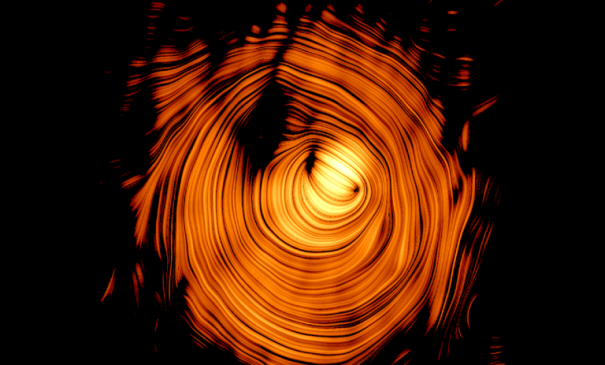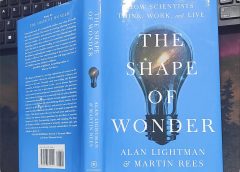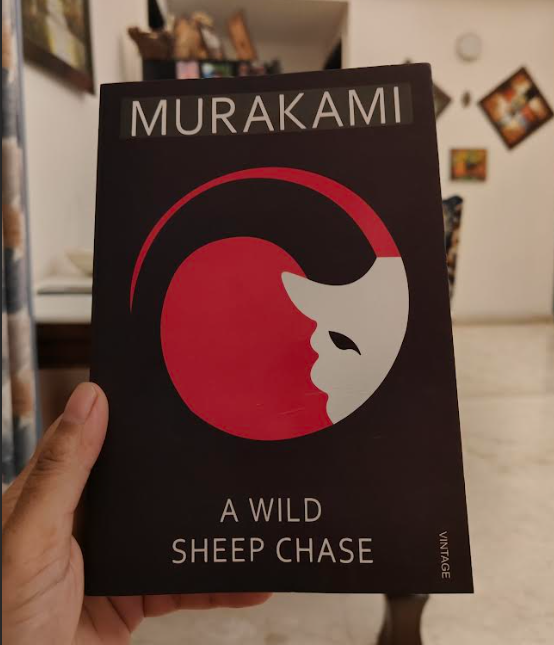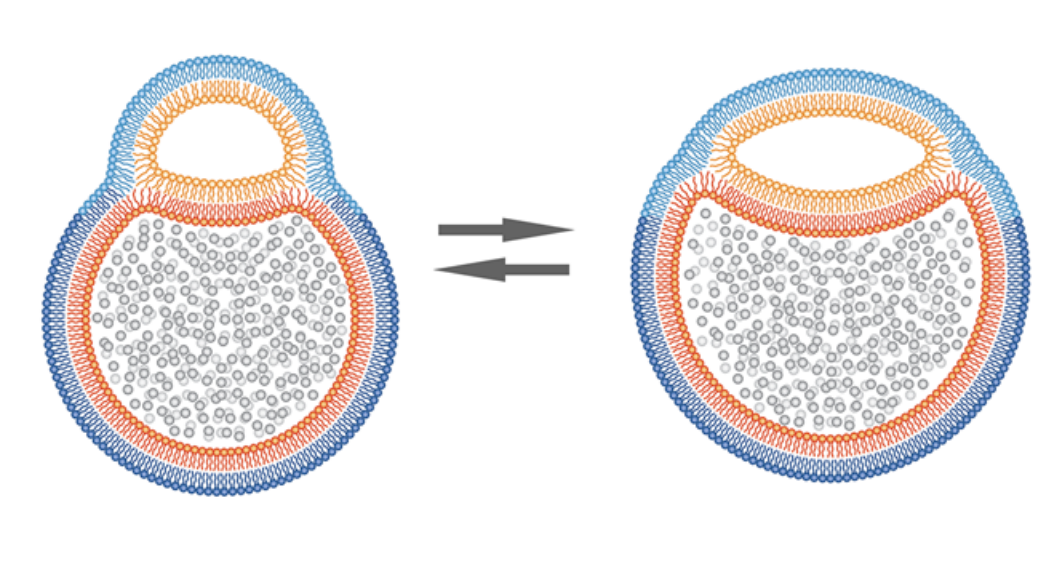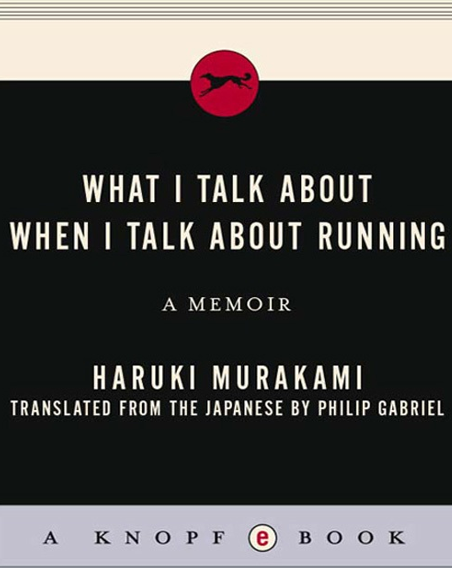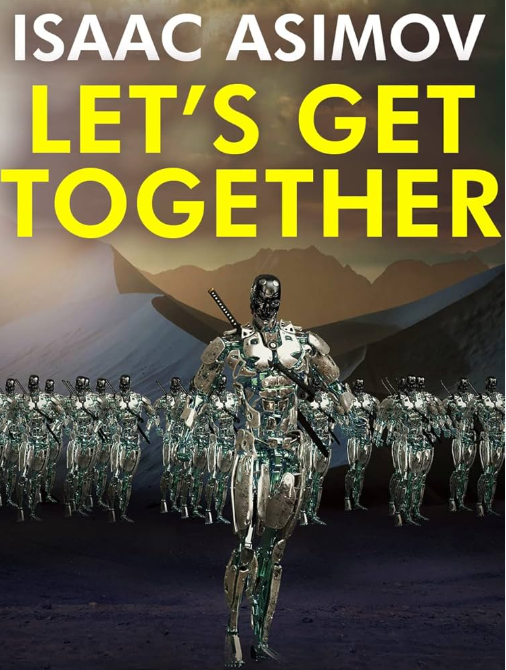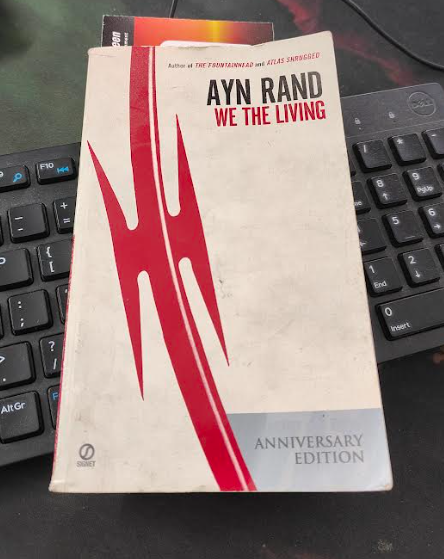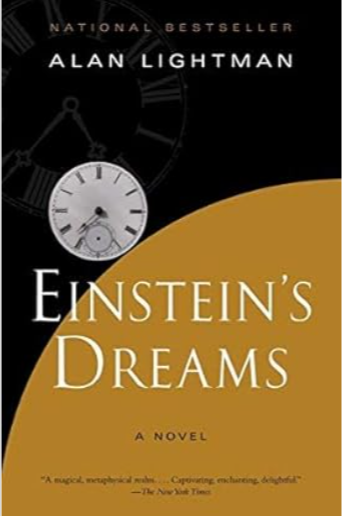Have you ever felt like you’re dreaming with open eyes? If not, read A Wild Sheep Chase by Haruki Murakami. Last year, when I first read Kafka on the Shore, I remember closing the book and staring into nothing for a full minute. It was the kind of book that makes silence hum with meaning. Today, after finishing A Wild Sheep Chase, I felt that same humming.
Read MoreThe Discovery of Hemifusomes Challenges Old Views on Cell Structure
In a breakthrough discovery, a new thing in cell biology called a hemifusome has come to light. It showed up when researchers used cryo-electron tomography (cryo-ET), it’s one of the ways to take super-detailed 3D images of cells while they’re still in a fairly natural state. Unlike traditional electron microscopy, which involves a lot of processing that can mess with delicate structures, cryo-ET keeps things closer to how they actually are in living cells. It was Dr. Seham Ebrahim and her team who used this method to uncover hemifusomes in…
Read MoreGravity’s Secret: Order, Chaos, and Quantum Bits
Isaac Newton figured out how gravity behaves way back in the 1600s. He could describe what it did, how apples fall, how planets move, but he didn’t really know why it worked. Even he wasn’t totally satisfied with it. One of his ideas was that maybe invisible particles were pushing things together from all directions. That didn’t hold up, but the question remained, how does gravity actually happen?
Read MoreWhat Began as a Review of Murakami’s Running Memoir Became a Personal Meditation on Resilience and Movement
What would the writings of Murakami be if not fiction? That question caught my attention, kind of like a loose thread dangling from an old, comfy sweater. I kept thinking about it over and over. Because if you really sit with Murakami’s novels, Kafka on The Shore, The City and Its Uncertain Walls, Norwegian Wood, A Wild Sheep Chase (currently reading) to name a few, then you’re aware of how important cats, well, metaphysical side doors, rivers, clouds, flash-backs, memories, blurring effect of reality and dreams, music, solitude are these.…
Read MoreListening to Spins One Atom at a Time: Cavity-Enhanced Spectroscopy
Scientists have been studying tiny magnetic bits inside solids called spins. These spins are important because they could be the building blocks for future technologies that use quantum physics, like super-secure communication or super-fast computers.
Read MoreBreakthrough in Nonreciprocal Light Speed Manipulation via Cavity Magnonics
Imagine you’re standing on a road where cars drive in both directions. Generally, the speed limit is the same whether you’re heading north or south. That’s exactly how light usually works in most systems, the “speed limit” stays the same no matter which way it’s going. This is called reciprocal control, the system treats both directions equally.
Read MoreBook Review: Let’s Get Together by Isaac Asimov
I usually have three to four books on the go at any given time. There’s a rhythm to it, a kind of balance. Typically, it’s one work of literature, one non-fiction, something light for the in-between moments, and always, always a science fiction novella. This time, I picked up Let’s Get Together by Isaac Asimov, first published in 1957. I’m a huge, huge, and huge fan of Asimov’s works.
Read MoreThe Anatomy of Resistance: We The Living, Revisited
I have this inherent pull towards classic literature that I try to read at least one classic every three months, else, something is missing in life. There’s something about them that I still can’t explain, the time-worn pages, the echo of old thoughts, the slow paced plotlines, and at times, the characters are also slow in terms of how they operate in their respective worlds. Every revisit feels like a reunion with long-lost companions. I find myself re-acquainted with characters with a feeling that we might have when we meet…
Read MoreBook Review: Einstein’s Dreams by Alan Lightman
What if time wasn’t just a constant, straight line moving forward, but a strange and flexible thing that can bend and change in ways we never expected? This is what Alan Lightman offers in his 1993 novel Einstein’s Dreams. I love books that make me see the world, and ourselves, in a new way, and this novel has always been one of my favorites. It’s a small book packed with big ideas, and filled with creative worlds that stay in mind even after the pages of the book have run…
Read MorePing Pong Power: MIT’s Robot Is Getting Really Good at Table Tennis
MIT engineers have built a robot that can seriously play ping pong, and not just bat the ball back. This bot can understand the spin, predicts where the ball is going, and interestingly puts its own spin on returns. The whole project is from MIT’s Biomimetic Robotics Lab. It surely must be fun to build such robots, but embedding dexterousness through table tennis is a smart move as it pushes the robot to deal with speed, spin, unpredictability, and quick decision-making, all at once.
Read MoreBook Review: Your Brain Is a Time Machine by Dean Buonomano
If you’ve ever wondered why time flies during vacations but crawls during awkward silences or like me if you often engage in thought experiments related to time, then you’ll surely like Dean Buonomano’s Your Brain Is a Time Machine, first published in 2017.
Read MoreA Surprising New Theory About Dark Matter and Dark Energy, Inspired by Superconductors
We understand dark matter and dark energy as those invisible things in space that we can’t see but know are out there. As per the scientists dark matter helps hold galaxies together, and dark energy is somehow making the universe expand faster.
Read MoreInterview: Dohyeon Lee, Robotics Scientist at Pohang University of Science & Tech, South Korea
Last week, I came across something that genuinely blew my mind – a flying squirrel-inspired drone with foldable wings. Yep, a drone that mimics how a squirrel glides through the air. It was one of those rare “wait, what?” moments that made me want to dig deeper. So, I reached out to the team behind it. Dohyeon Lee, one of the researchers on the project, said yes to an email interview.
Read MoreTerrell-Penrose Effect: Visualizing High-Speed Relativity
I’ll be honest, I have always thought ‘thought-experiments’ can never be visually demonstrated. And so, we would have to keep imagining intangible concepts in our minds, like, what happens to an object traveling at the speed of light, where time would seemingly stop and length would contract. However, a group of researchers in Austria did something unbelievable. They visually demonstrated the Terrell-Penrose effect, a phenomenon predicted all the way back in 1959 but never actually observed.
Read MoreMaking Terahertz Waves Work on a Chip, Without the Bulk
Researchers at MIT have built a small chip that can generate terahertz waves more effectively and more affordably than what’s currently out there. That’s huge, ‘cause terahertz waves sit between radio and infrared on the electromagnetic spectrum, so they can carry more data than radio waves and see through more materials than infrared light. This makes them a promising candidate for faster wireless communication, sharper medical imaging, better security scanners, and smarter environmental monitoring.
Read More

